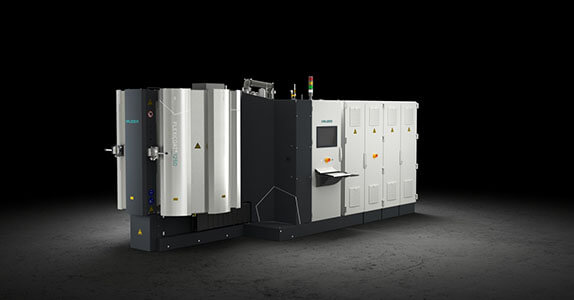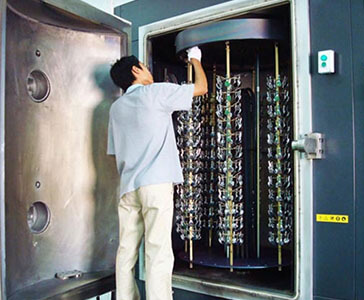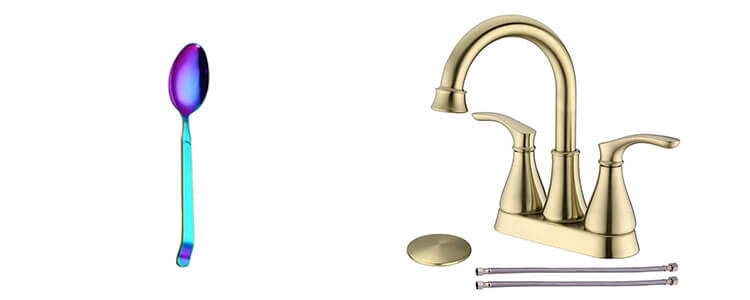PVD Coating is used everywhere, such as in the coatings of industrial parts, jewelry, watches, decorative sheets, faucets, mobiles, and much more.
It is obvious that the PVD process is way better than conventional coating methods, such as painting, electroplating, etc. But the main question is, how much does it cost to PVD coat an object? Is it cheaper or more expensive than other coating methods, and is it worth it?
In this blog, I will discuss all the factors that affect the PVD cost and will also give you a few examples of the PVD cost of some objects.
So, let us start now.
1. What is PVD Coating?
Physical vapor deposition, short for PVD, is a coating method. It can provide a beautiful coating surface and also highly increase the hardness of products. And there are mainly 5 types of PVD methods.
2. How Much Does PVD Coating Cost?
Actually, it is very difficult to generalize the exact cost of PVD coating for all kinds of objects because it depends upon many factors.
If you want to get detailed information, you can ask for a quote by offering the amount, sizes, materials of your goods, and your requirements like the PVD colors, coating materials, etc.
Anyway, here are a few examples of the cost of PVD service that some PVD coating suppliers are offering:
- One Spoon in $0.58
- One Pen $0.34 ( Min Order 1000 Pieces )
- Any object in $0.27 / Square Inch
The actual expenses will be much lower because these prices include profits too.
Is PVD coating worth it?
Overall, you can say that PVD coating will be totally worth it because the costs are much lower if we compare it to the increase in durability of an object due to PVD coating.
3. Six Factors to Determine the Price of PVD Coatings
The Price of PVD coating an object depends upon many factors, such as:
- Coating material
- Gases used in the process
- Initial machine investment
- Quantity of objects
- Final needed properties of coating
- Size and nature of objects
Coating material
Different PVD coating materials are used to achieve desired end properties on the products (substrate).
- Gold
- Graphite
- Titanium
- Zirconium
- Aluminum
- Silicon Oxide
The cost of a PVD coating mainly depends on what kind of material we are using. Although the PVD-coated products have a similar appearance, their prices may vary a lot. That’s due to the coating materials.
For example, using titanium to achieve a gold-like color on a stainless steel jewelry item is much cheaper than using original gold for coating.
Besides, watches with DLC coating are more expensive than PVD watches with other coating materials.
In industrial PVD machines, the coating material is usually a big rod, which can be used for months in most cases. So, you do not need to worry about buying a new coating material for months. While in small PVD machines, the coating material is mostly circular or square shapes and can only coat a few objects.
Initial machine investment
If you have many objects to be coated, then it is best to buy a PVD Coating machine. Buying a machine of your own will decrease the cost per object a lot. But PVD machines are not cheap, and they cost thousands of dollars.
In contrast, it is always best to coat your objects from a PVD service provider if you cannot afford your own machine yet or you only have a few objects for coating
Getting your objects coated from a PVD service provider will surely save you from buying an expensive machine and a lot of work, but it will certainly increase the cost of coating per object.

Gases used in the process
Many gases are used during the PVD process depending upon the end desired coating properties and kind of process.
The most commonly used gases are such as:
- Argon ( sputtering gas )
- Oxygen
- Nitrogen
- Methane
These gases play a vital part in the process, such as deciding the final color of the coating, providing an ideal environment for reaction, and much more.
These gases are consumed in the process and are needed to buy again. So, gases also add a price to the overall cost of coating per object.
Quantity of coated objects

The quantity of objects you want to PVD plate is one of the main factors that decide the overall coating cost per object.
PVD coating many objects in the same color and coating properties will decrease the coating cost per batch a lot. For example, if you are PVD coating a single watch in a machine, it will cost way higher than coating a lot of watches collectively per batch.
Final needed properties of the coating
Changing the characteristics of the coating can also affect the cost. The customizable properties include:
- Friction
- Hardness
- Thickness
- Heat resistance
- Corrosion resistance
By manipulating these characteristics, the final desired coating properties on the objects are achieved. So, enhancing these characteristics needs good materials, a lot of work, an increase in thickness, etc.
In short, you can say that the more you enhance properties, the more expensive the coating cost per object will be.
Size and nature of coated objects
PVD Coating cost also depends a lot on the size, shape, and nature of the coated objects.
If you have a small object with a simple shape, then the coating cost will be much lower than a large object with a complex shape. For example, coating a half-foot spoon will be much less expensive than coating a 1-foot door handle.

Also, some materials need a base layer like nickel or chromium or something else before being PVD coated for better properties. So, if you have material that needs a base layer, your PVD cost per object ( substrate ) will be higher than PVD coating a material, which does not need any base layer.
In the End,
Hope the information can help you. To get a more exact price of PVD coating on your products, you should ask your suppliers for details.
If you have more questions, you can also leave a message below. If you want to wholesale or customize jewelry from China at very competitive prices, please feel free to CONTACT US.


Hi my loved one! I wish to say that this post is amazing, nice written and come with approximately all vital infos. I would like to look more posts like this.